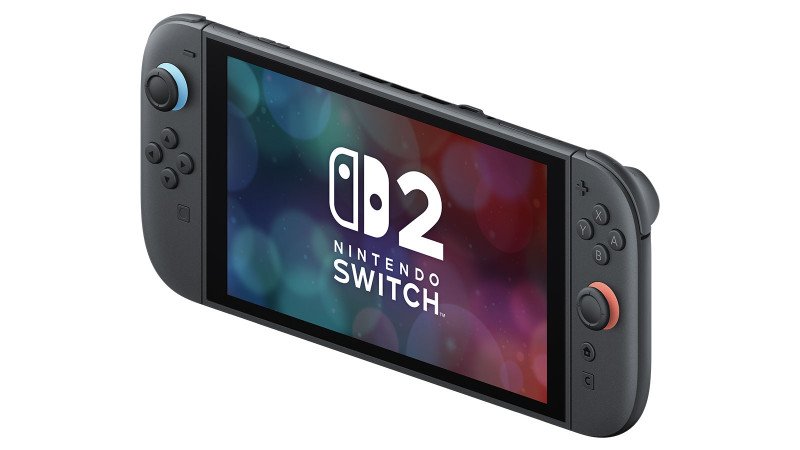Introduction
The Nintendo Switch, launched in 2017, is the third best-selling game system of all time, right behind the PlayStation 2 and Nintendo’s own DS handheld. Nintendo has sold more than 152 million Switch consoles, which goes a long way toward explaining why, for the first time in its history, Nintendo released a follow-up console and added a sequential number to its name instead of coming up with something wholly new. In many ways, the Switch 2 feels like a safe sequel to a previous success.
The basic functionality of the Switch is present for Switch 2; its Joy-Con 2 controllers, though they have been redesigned and include new functionality, are very similar to the Switch’s Joy-Cons; the Switch 2’s menus look a lot like the Switch’s. The new hardware is all very familiar, and as a result, it does lack much of the excitement that usually accompanies a new Nintendo console. But there is no denying that Nintendo is among the best at making video game hardware, and Switch 2 lives up to the high standard the company has been setting for itself since the launch of the Famicom in 1983.
SPECS
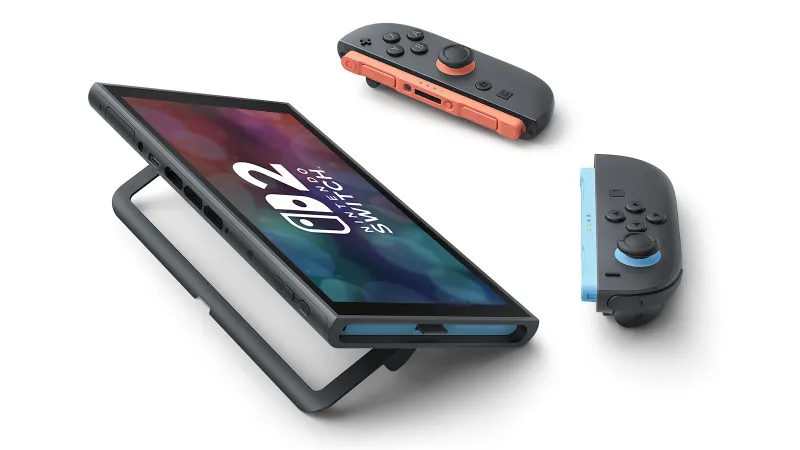
SPECS
- Size: 4.5 inches tall x 10.7 inches wide x .55 inches thick
- Screen: 7.9-inch wide color gamut LCD capacitive touch screen
- Weight: 0.88 lbs, 1.18 lbs with Joy-Con 2 controllers
- CPU: Custom processor by NVIDIA
- Storage: 256 GB, compatible only with microSD Express cards up to 2 TB
- Resolution: 1920×1080 pixels, HDR10 support, VRR up to 120 Hz
- USB: Two USB-C ports
- Battery: Lithium-ion battery/5220mAh, 2-6.5 hours
- Communication: Wireless LAN (Wi-Fi 6) and Bluetooth
Scrutinizing The Hardware
Scrutinizing The Hardware
There is an argument to be made that the Switch is one of the best consoles of all time. It was never the most powerful, and even if it was often the worst place to play multiplatform games, it had one of the most impressive libraries in gaming. It was also the only place to play some of Nintendo’s best games. Most importantly, however, its hybrid handheld/home console compatibility is a feature all the major players in the industry are now chasing with the Steam Deck, Xbox’s recently announced ROG Ally device, and the PlayStation Portal. The Switch made an undeniable, major impact on how players play and enjoy games.
The Switch 2 smartly retains that core selling point. It is both a handheld gaming machine and a home console, and all the affiliated parts surrounding that feel good and work well. Dropping the system into the Switch 2 dock immediately and seamlessly converts it to a television signal. It is no faster or slower than Switch, which is a compliment.
A small, but significant upgrade is that there are now USB-C Ports on both the top and bottom of the system. This means plugging in external devices like the Switch 2 camera is smoother, and you can now charge the device in tabletop mode – a baffling shortcoming of the original Switch.
The slot to insert game cartridges is also now easier to open. No more breaking a nail just to swap in a new game.
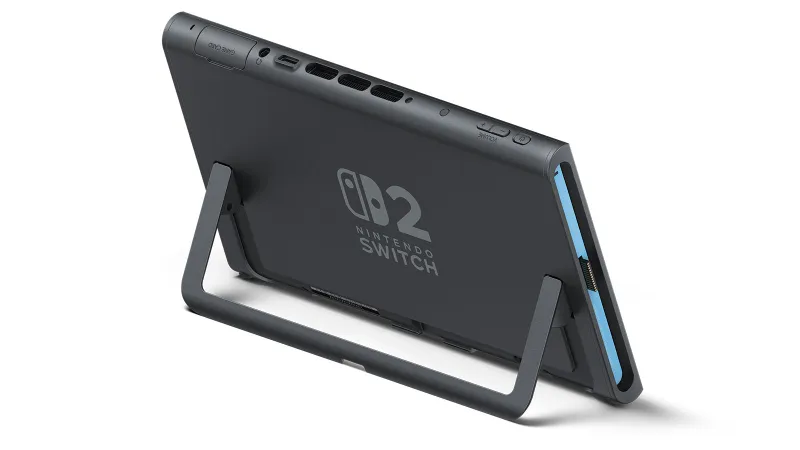
Other elements of the system are subtle, but welcome. The stand is slender and sturdy. The original Switch stand felt like it was always on the verge of breaking, and the OLED model Switch’s stand was excessive. The Switch 2 found a good middle ground.
The sound from the built-in speakers is also impressive. It’s not the primary way many will be listening to audio when playing Switch 2 games, but its ability to mimic surround sound is shockingly good. I went into the audio with zero expectations and was surprised by the tech demos that truly made it feel like it was presenting three-dimensional sound.
Nintendo reports that the Switch 2’s battery is about 1.2 times better than the original, but I admit skepticism. Across my hours of playtime since the Switch 2 launch, the battery seems to drain faster in handheld and tabletop play. Thankfully, the two USB-C port options make charging easier while playing, but this may be the primary, potentially only, disappointment between Switch and Switch 2.
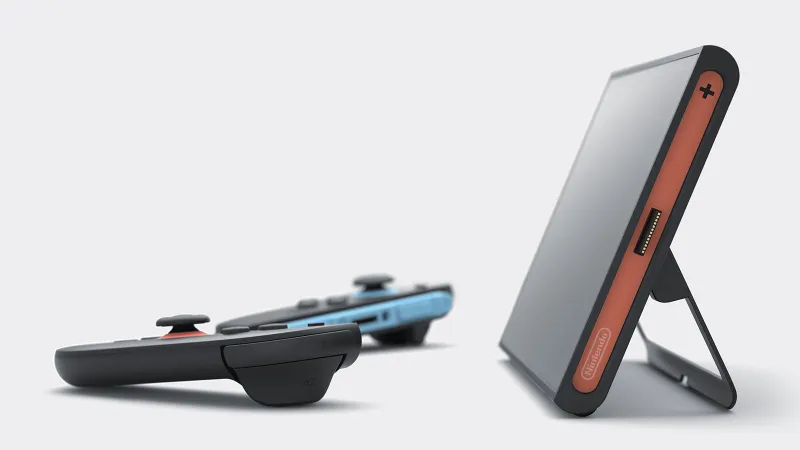
One area where I expected to be disappointed and have not been is with the screen quality. Having spent so much time with the OLED model of the Switch, I feared Switch 2 would feel like a downgrade. The Switch 2 does not have an OLED screen, but you could have fooled me. The screen is vibrant and colorful, and the HDR options do make a positive difference with certain games. The refresh rate is also strong, and the games that take advantage of it benefit tremendously. Playing Zelda with its Switch 2 frame-rate upgrades is incredible and makes me wish I could play them again for the first time with these improved visuals.
Using The Interface
Using The Interface
The Switch 2’s menus, much like the original Switch, are sterile. Compared to the TV screens approach of the Wii, the customizable options of the 3DS, or the town square filled with Miis of the Wii U, scrolling through games on Switch 2 is quiet and boring. I was hoping using the Switch 2’s menu would feel new and novel.
Shopping online, however, is not a letdown. By the end of its life, trudging through the Switch’s storefront was a chore. It was slow and difficult to find anything worthwhile, even if you knew exactly what you were looking for. The Switch 2’s store looks similar, but it is snappy and quick, making everything feel so much better.
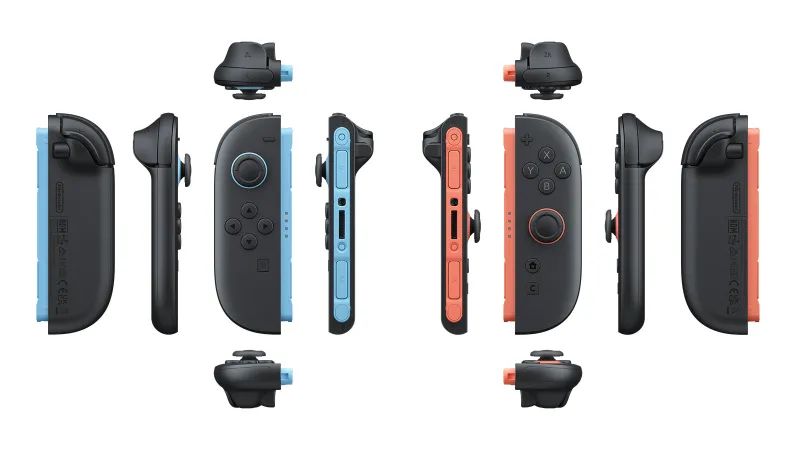
The Joy Of Controllers
The Joy Of Controllers
Like much of the rest of the system, the upgrades to the Joy-Cons (officially retitled Joy-Con 2s) are subtle, but they are better. The control sticks feel smoother, the buttons are a little bigger, and the magnetic system holding the controllers in place is an upgrade compared to the button and rails system of the original Switch. Pulling the detach buttons to rip the Joy-Con 2s from the side of the system feels good, and the magnet pulling them back into place delivers a satisfying snap. I do worry about the long-term durability of the magnets and if they will weaken over time, but for now, I vastly prefer the magnets.

The controllers also feel better on my palms, and the elongated L and R buttons make more of a difference than I thought they would. The mouse functionality of the Joy-Con 2s is also impressive, though I don’t think I will ever actively choose mouse over control sticks. But that’s more a matter of personal preference than functionality. The mouse options work as promised on every surface I tried and I look forward to how developers will take advantage of the option, but I would be surprised if many games require mouse controls on Switch 2.
I react to the upgraded HD Rumble 2 options similarly to the way I did to HD Rumble of the original Switch: it’s all very neat, but I don’t know that it ever has or ever will fundamentally improve the way a game feels. I do admit being impressed, however, by its ability to mimic sounds (it apparently uses similar tech to standard speaker technology). It’s a wonderful magic trick.
The C Button

The C Button
A small mystery leading up to the Switch 2 reveal was its C button, which we eventually learned stood for “chat.” Its functionality works well, offering Discord-like communication options like being able to be on camera and share gameplay footage. Connecting to a friend using the button is shockingly easy (for a Nintendo platform), and its voice filtering options are impressive.
I tested the functionality by blowing up an air mattress next to me while playing Mario Kart World with fellow Game Informer editor Brian Shea, and he could hear me fine. And I could hear him, as well, despite the onboard mic on Switch 2 being placed behind Brian’s TV. We didn’t sound amazing to each other, but the clarity was there and we could understand each other without issue. I was also impressed by the built-in transcription accessibility options that you can turn on to track your conversation in live text.
One downside to the new chat options is that if you’re using old controller hardware on your Switch 2 (an option I am grateful exists), getting to the extra chat options takes a few extra steps and requires leaving the game running in the background while you open the options from the home screen.
The Launch Line-Up

Mario Kart World (2025)
The Launch Line-Up
The Switch 2’s early, truly exclusive options are pitiful. There is very little that you can only play on Switch 2. That being said, the available ports generally work well, and it’s nice to have games like Cyberpunk 2077 on a handheld Nintendo platform. Playing Zelda: Breath of the Wild and Tears of the Kingdom and Pokémon Scarlet and Violet with higher framerates is wonderful, and Mario Kart World is an excellent sequel to one of the best-selling games of all time. There are undeniably good games to play. There just aren’t many good new games to play.
Virtual Game Cards And GameShare
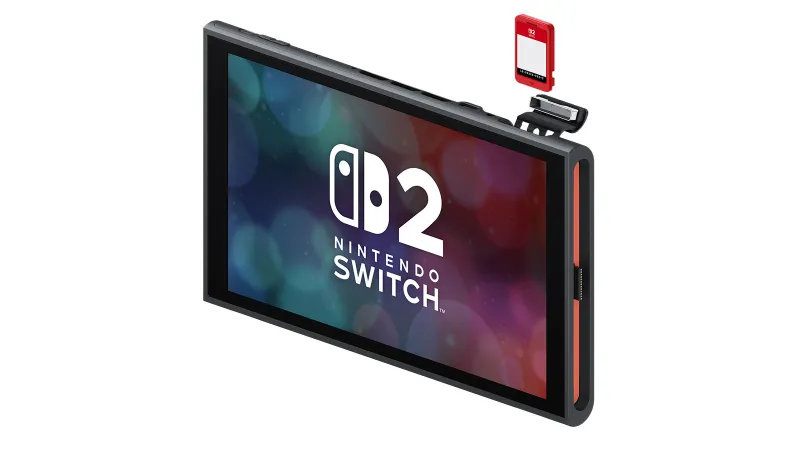
Virtual Game Cards And GameShare
Virtual Game Cards are a new approach to keeping track of your games across both Switch and Switch 2, but it does change how you track your library somewhat on the new system. I found it confusing at first. I missed just having my list of games I owned and choosing to download them or not.
Virtual Game Cards do not change that idea on a basic level – you can still download the games you own when you want – but it does feel like there is the added step of acknowledging the game card, virtually inserting it, and then downloading it. The benefit of this system, other than making it feel a little more tactile (which I kind of like), is you can loan your digital games to family members. And as someone who takes advantage of Nintendo’s family subscription, I love this added option to the point where I don’t mind that it is a little confusing. For a solo player who just wants access to their library, however, it will feel like unnecessary extra steps.
GameShare is not a new idea for Nintendo. As far back as the DS, there have been options to play local multiplayer across multiple systems with one game cartridge. I am annoyed that it is not a standard across all games (you cannot do it with Mario Kart World, for example), but I am glad it does exist for some games. It lets more people play more games together.
The Verdict

The Verdict
The Switch 2 feels safe. Arguably too safe. The video game public often cries foul when Nintendo goes too far into the realm of experimentation, but I am one of those off to the side shouting, “Be weirder! More Ring Fit Adventures and Alarmos!” I like when Nintendo tries something new in an attempt to give me something I didn’t know I wanted. It didn’t do that with Switch 2. For Switch 2, it improved on basically every element of Switch (except for battery life), made it backwards compatible, and made it look and feel better. My primary complaint is that I have not been surprised. Rather, I have been nodding appreciatively, grateful that I have a version of one of my favorite consoles of all time that looks sharper, plays some of my favorite games at a higher quality, and is presenting me with an impressive new Mario Kart. It’s what I wanted as opposed to what I didn’t know I wanted, and I am happy with that.
Price
$449.99 / $499.99 (Mario Kart World Bundle)
